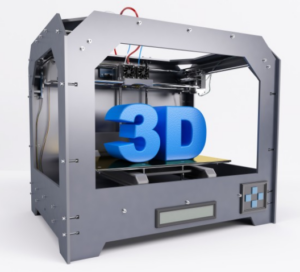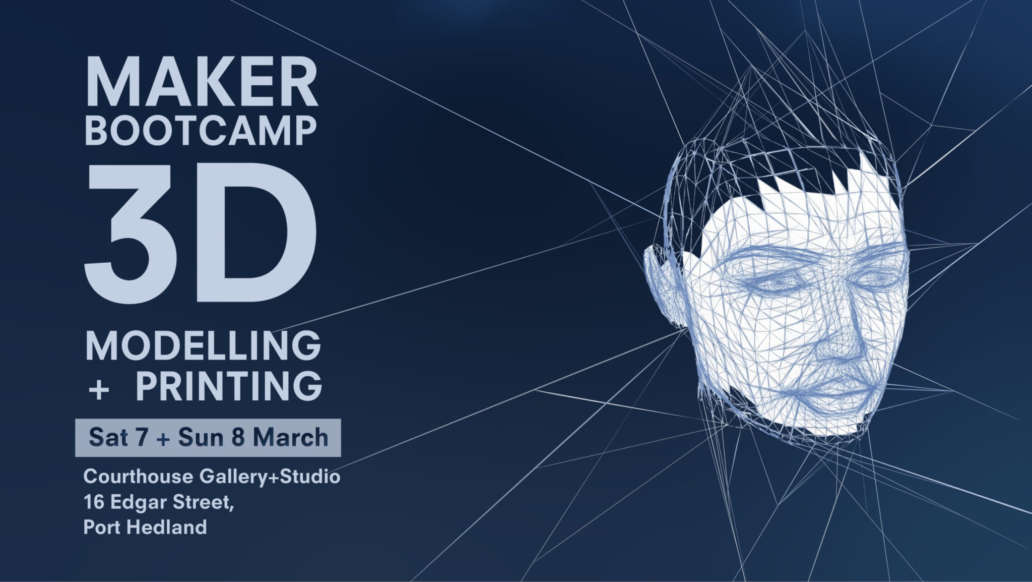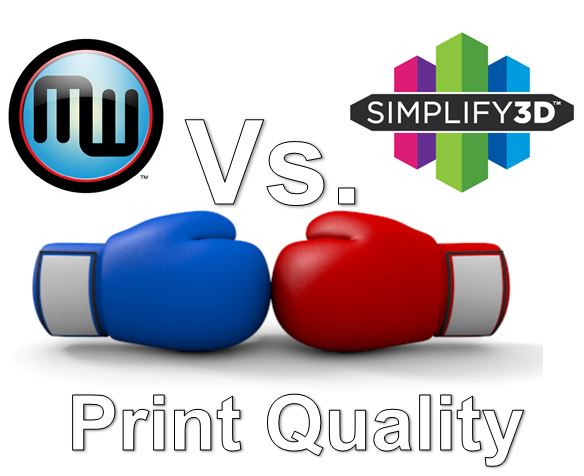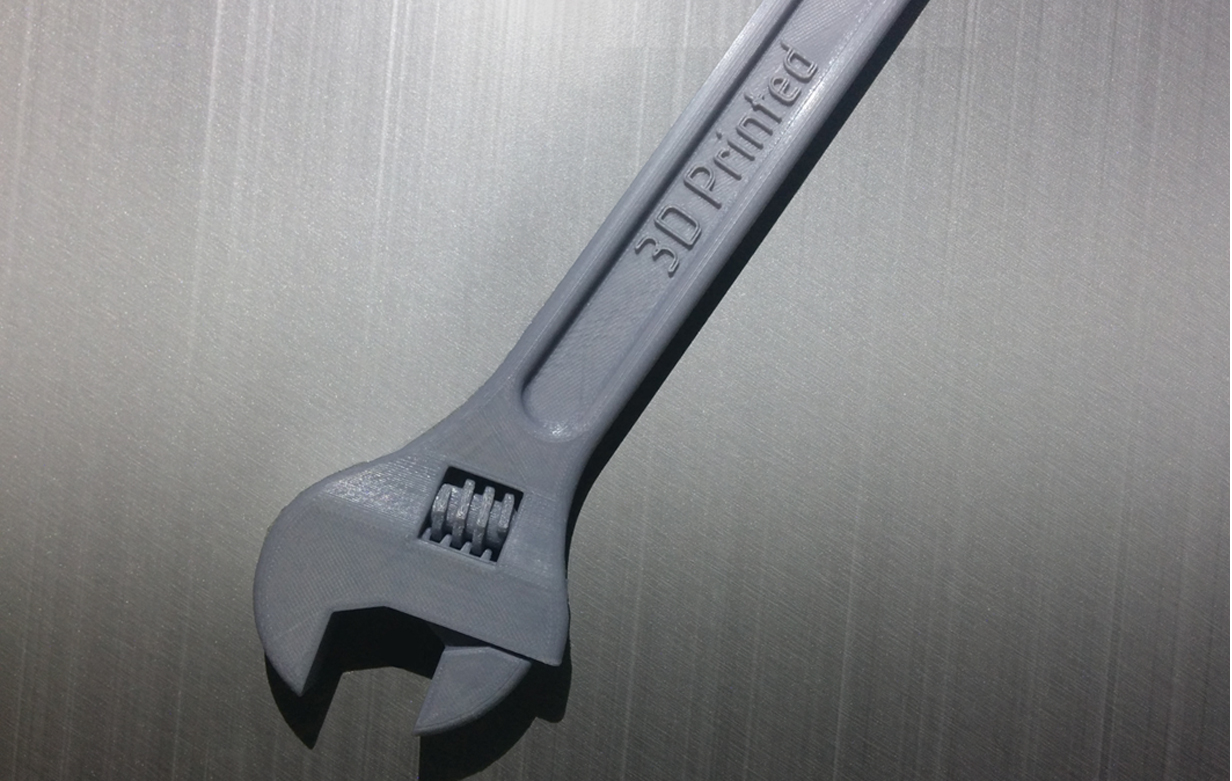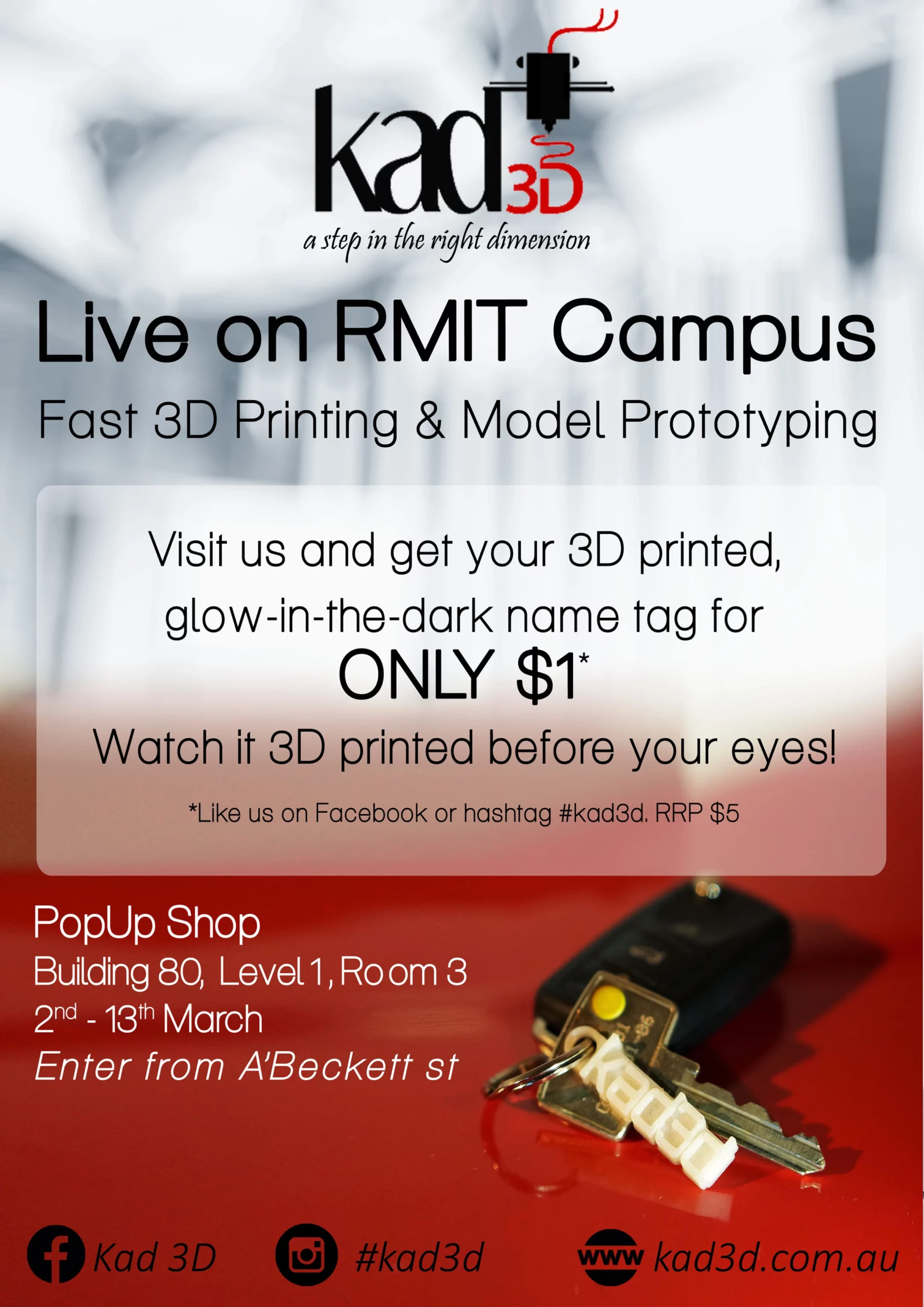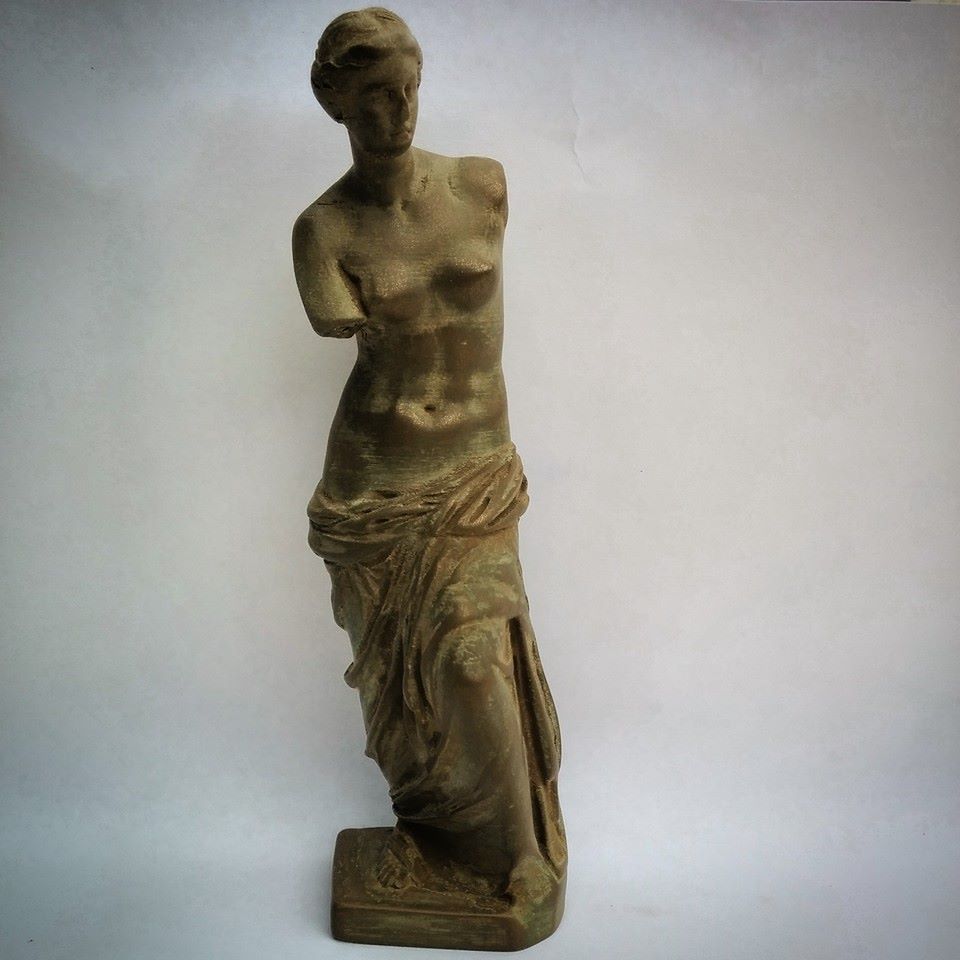Polyvinyl Alcohol (PVA)
Brief Introduction and History: Polyvinyl Alcohol, commonly known as PVA, is a water-soluble synthetic polymer that has gained prominence in the 3D printing industry due to its unique properties. It was first developed in 1924 by German chemist Fritz Klatte and has since been widely used in various applications, including as a support material in 3D printing.
Material Composition: PVA is made through the hydrolysis of polyvinyl acetate, resulting in a polymer with excellent water solubility. The raw components used for its production include ethylene – a hydrocarbon compound derived from natural gas or petroleum – and oxygen.
Uses: Common applications for PVA in 3D printing include support material for complex structures, intricate designs, and overhangs. It is also used to create temporary structures or molds that can be dissolved to reveal the final printed object, making it ideal for intricate or delicate 3D prints.
Best Fit Use: PVA is best suited for dual-extruder 3D printers that are capable of printing with multiple materials, especially when paired with PLA or other materials that require support structures that can be easily removed post-printing.
Detailed Example of Specific Use 1: PVA is extensively used in the production of intricate architectural models in 3D printing due to its ability to create complex support structures that can be dissolved without damaging the final model’s integrity.
Detailed Example of Specific Use 2: PVA is also frequently employed in creating water-soluble molds for casting metal or resin objects. Once the casting process is complete, the PVA mold can be dissolved effortlessly, leaving behind a smooth, finished product.
Difference Between Basic and Advanced Forms: Advanced variations of PVA include modified formulations with enhanced adhesion properties, faster dissolving rates, and increased compatibility with a broader range of materials.
Benefits: The advantages of using PVA in 3D printing include its water solubility, enabling easy removal of support structures without leaving residues or damaging intricate designs. Additionally, its compatibility with other materials offers greater flexibility in creating complex prints.
Drawbacks: Potential limitations of PVA include its hygroscopic nature, which makes it sensitive to moisture, and its relatively higher cost compared to traditional support materials. Proper storage is imperative to maintain its effectiveness.
Overall Rating for Daily Use: PVA is highly rated for daily use in 3D printing, particularly for hobbyist and professional applications where intricate and complex prints are common. Its solubility makes post-processing significantly easier and less time-consuming.
Future Developments: Ongoing research in the development of PVA filament with improved tensile strength, flexibility, and solvent resistance is expected to expand its applications in various industries, including medicine and engineering.
